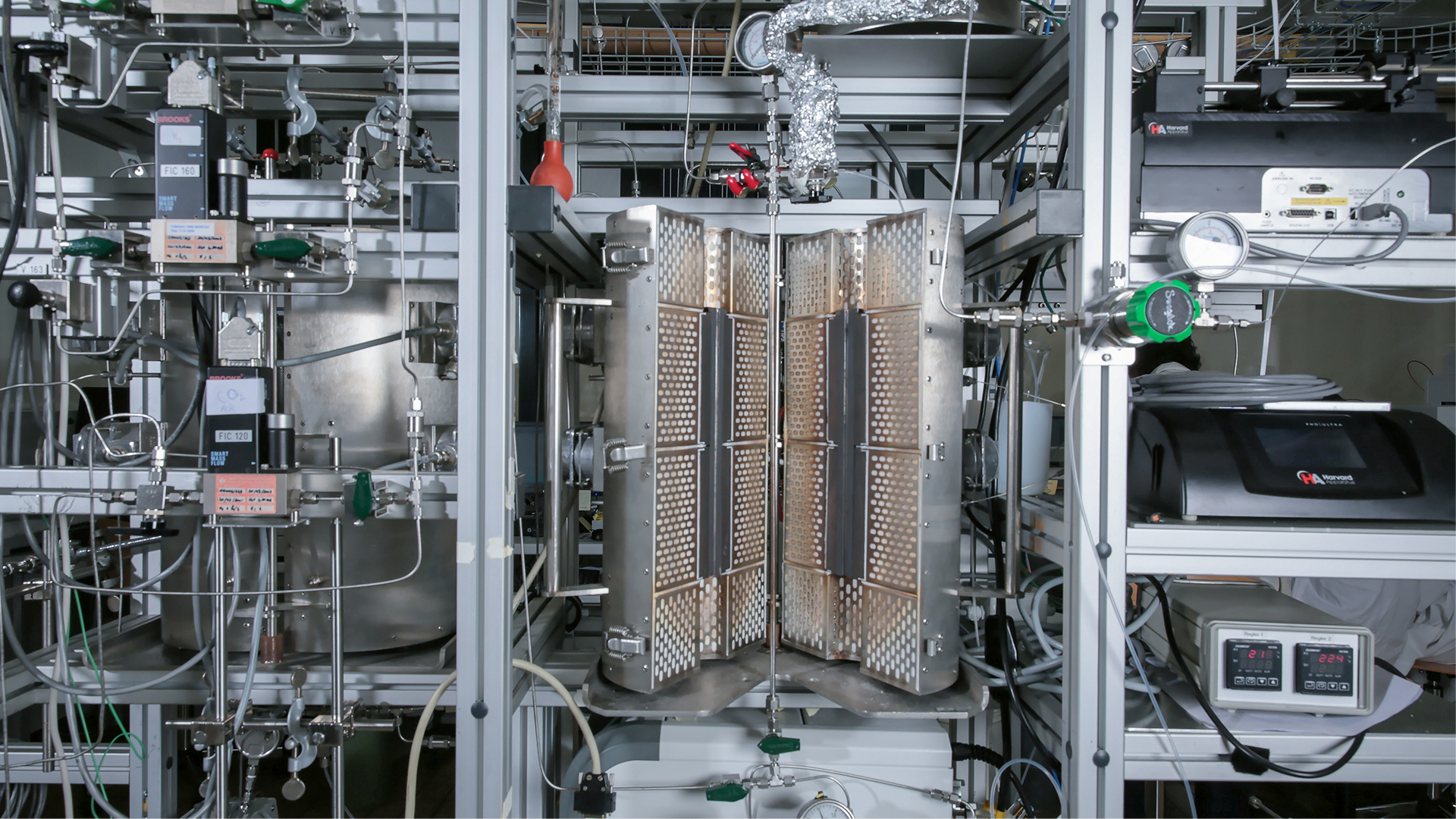Diformylxylose as a new polar aprotic solvent produced from biomass
Published: 28.05.21 — Xylose-derived diformylxylose (DFX) can be produced in a single step from biomass. In our paper published in Green Chemistry, we show that DFX can act as a novel polar aprotic bio-based solvent similarly to DMF, NMP, and DMSO in alkylation, cross-coupling, and hydrogenation reactions. We demonstrate that DFX possesses unique solvation properties — high polarity and high hydrogen-bond accepting ability. Physical properties of DFX such as high boiling (237°C) and melting point (48°C) indicate a lower risk of human exposure and the environmental impact due to low volatility. Finally, toxicological assessment shows that DFX is a non-mutagenic and non-carcinogenic molecule. Overall, low production cost, high performance, non-mutagenic nature, and renewability make DFX a promising bio-based alternative to traditional polar aprotic solvents.



